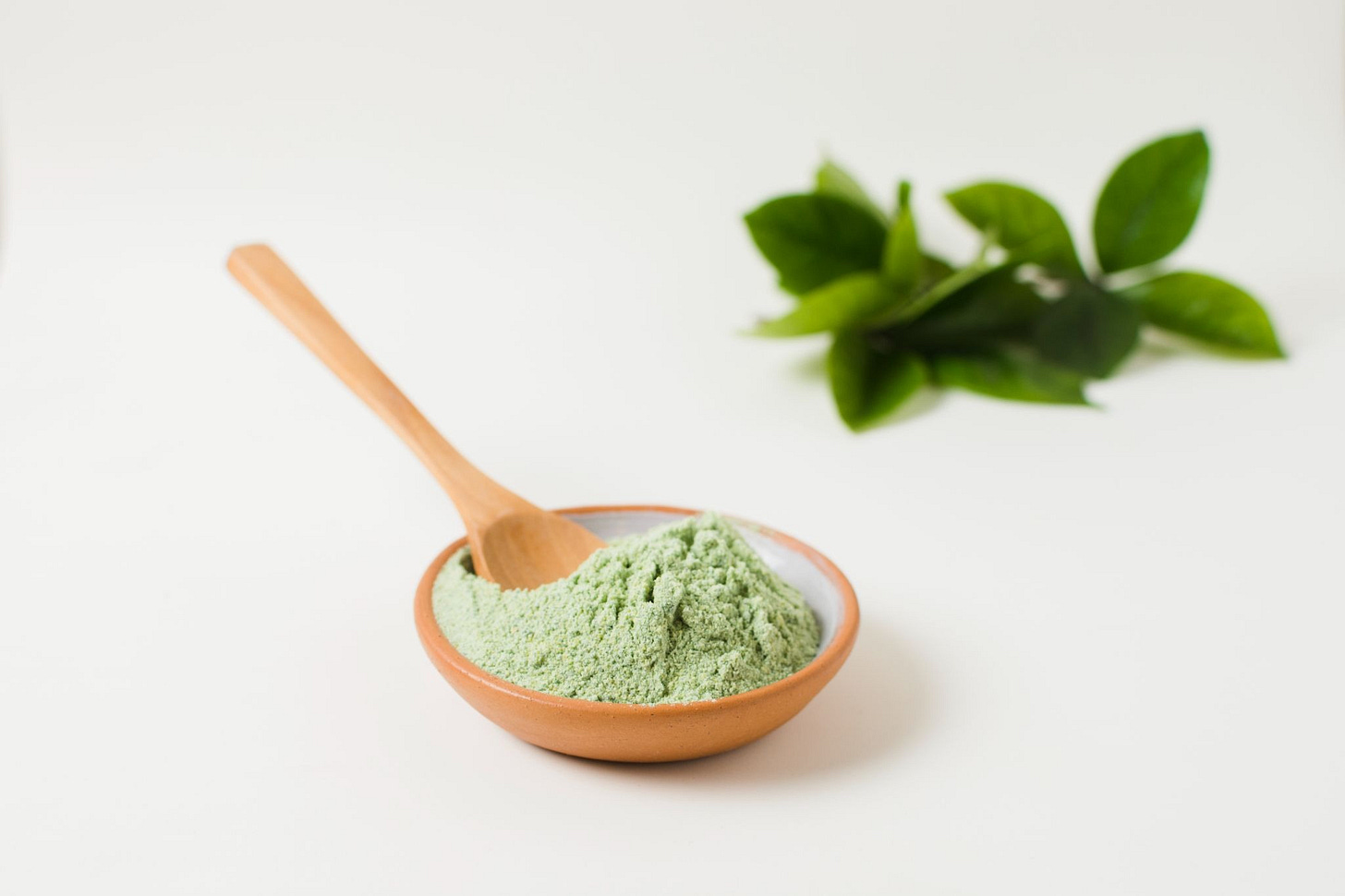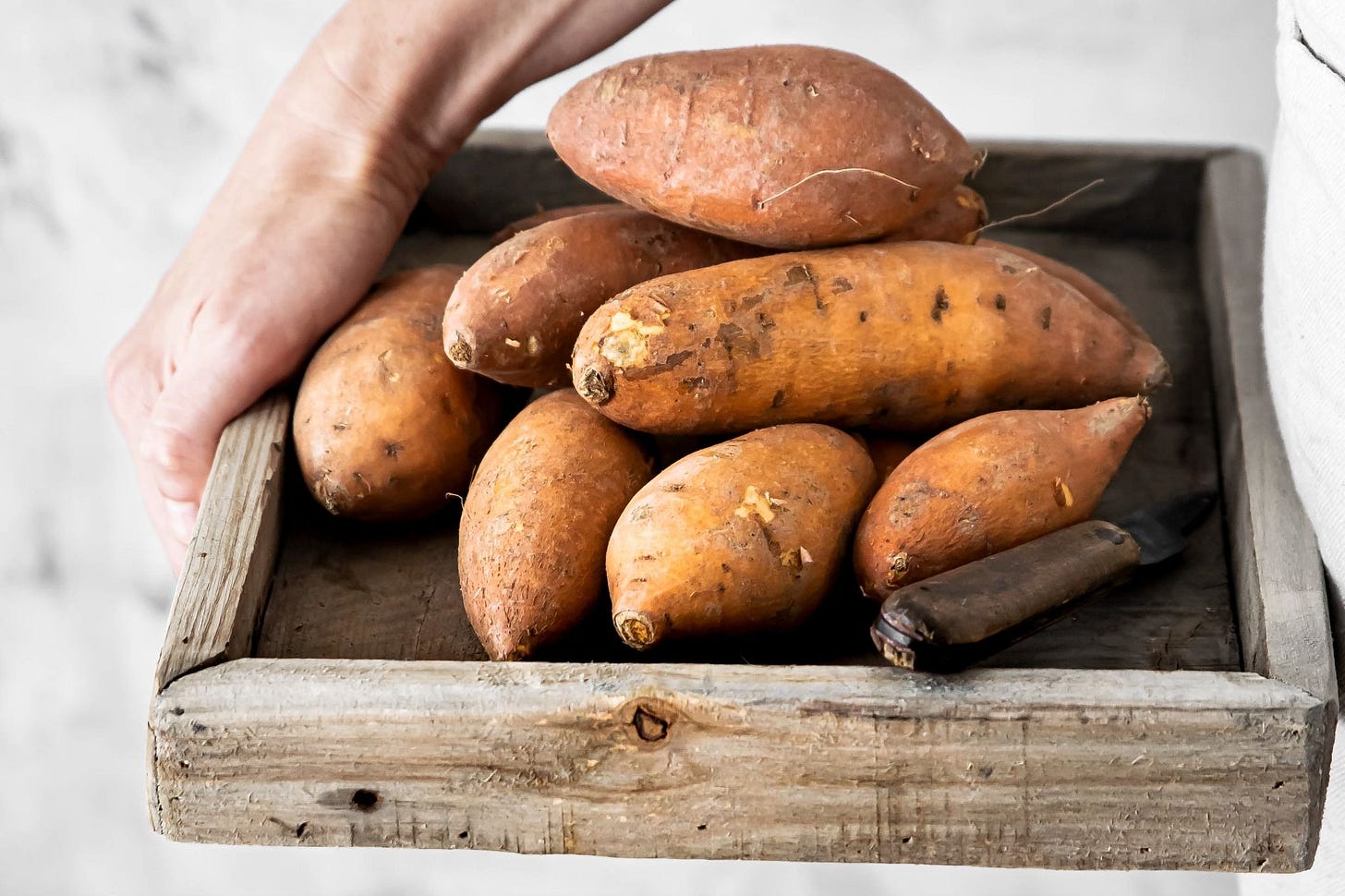Mealtime with kids can feel like a daily battlefield — one moment they’re rejecting vegetables, the next they’re demanding snacks. For many parents, feeding children becomes more about survival than nourishment. But what if we could turn those stressful moments into opportunities to build a lifelong love for food?
In this episode of the Modern Indian Parent Podcast, host Sanchita Daswani sits down with Mona Narula, a Child Nutritionist and Food Psychologist, to explore how parents can raise healthy, happy eaters without guilt or power struggles. Together, they unpack practical strategies for everything from managing tantrums and picky eating to boosting immunity, balancing hormones, and making mealtimes joyful again.
Mona’s Journey into Child Nutrition
Every parent dreams of raising a happy, healthy child but mealtimes can often turn into battles. For Mona Narula, her journey into child nutrition began with her own daughter’s food sensitivities. When her little girl, allergic to food colors, once asked, “Why can’t I have that cake?”, Mona realized how limited the healthy, appealing options were for children.
She began creating meals that were nutritious, beautiful, and quick to prepare, giving rise to KidZapZo, her platform that helps parents make wholesome food exciting. Mona believes that happy kids make happy parents and vice versa so the goal is simple: to nourish joyfully.
Why We Should Care About What Our Kids Eat
Sanchita reminds us that most adults today struggle with food relationships rooted in childhood from overeating to emotional eating, and digestive issues. Mona agrees, pointing out how early exposure to junk foods has shaped our current health challenges.
Teaching children to understand what, when, and how much to eat helps them grow into self-aware, health-conscious adults. The foundation of mindful eating built between ages 5–12 can shape lifelong habits and resilience against lifestyle diseases.
How Your Child’s Tantrums Can Be Food Related
Ever noticed your child’s mood swinging wildly after a sugary breakfast? Mona explains why.
When a child starts the day with simple carbs or sugary cereals, their blood sugar spikes and then crashes, leaving them cranky, hyperactive, and craving more sugar.
Starting the day with protein-rich foods and ensuring proper hydration and sleep can stabilize mood and behavior throughout the day.
The Biggest Challenge to Getting Kids to Eat Healthy
According to Mona, the hardest phase is the “I know everything” stage. Between ages 5 and 12, kids become independent eaters influenced by peers and social circles.
Her advice:
Be a role model because children mirror what they see.
Build a supportive social circle with like-minded parents.
Avoid preaching; instead, demonstrate healthy habits as a family.
Good Breakfast Options for Kids
Breakfast sets the tone for the day. Mona suggests always building the meal around protein:
Eggs in any form
Moong dal or besan cheela cooked in ghee or olive oil
Vegetarian options like sprouted-grain toast or oats pancakes with nut powders
Sanchita adds that balancing complex carbs with healthy fats (like avocados, ghee, and nut butters) helps reduce cravings and maintains steady energy through the day.
Incorporating Millets in Your Child’s Diet
Millets such as ragi, jowar, and bajra are back in the spotlight, and rightly so. Mona recommends using local, seasonal millets:
Ragi or bajra rotis in lunch
Millet pancakes, laddoos, or cookies as snacks
For softer rotis, she suggests mixing hot water with the flour before kneading. Including millets supports gut health, provides sustained energy, and adds valuable fiber to your child’s diet.
Superfoods to Include in a Child’s Diet
Mona calls the Indian kitchen a “superfood powerhouse.”
Include:
Moringa (fresh or powdered)
Homemade yogurt as a probiotic
Nuts and seeds for essential fats and minerals
Seasonal fruits and veggies for variety
Parents can easily add these to meals by sprinkling nut powder on yogurt, mix moringa into dal, and knead seeds into rotis.
How to Help Picky Eaters Expand Their Palette
Mona reassures parents that picky eating is a phase, not a personality. The trick is patience and repetition: it may take 10–15 exposures before a child accepts a new food.
Tips to help:
Pair new foods with familiar ones (add quinoa into rice).
Avoid force-feeding — let children explore food safely.
Model variety by eating diverse foods yourself.
Sanchita adds that creating a calm, pressure-free mealtime helps kids build a positive relationship with food. The goal isn’t to make them eat everything, but to make them curious.
Boosting Immunity in Kids
Immunity isn’t built by one “magic food.” It’s the result of consistent, balanced meals, sleep, and gut health. Mona’s essentials include:
Turmeric and ginger
Yogurt and fermented foods
A mix of prebiotic fruits and vegetables
Reducing sugar and junk food
Home-cooked meals remain the simplest immunity boosters.
How to Delay Puberty
Today, many parents are worried about their children entering puberty too early — a concern that’s becoming increasingly common. Mona explains that early puberty is often linked to modern lifestyle and dietary habits, not just genetics.
Excessive sugar intake, especially through packaged foods and sugary drinks, disrupts hormones and speeds up physical changes. Moreover, sedentary routines, constant screen exposure, and early access to mature content also send confusing signals to a child’s developing brain.
To help delay premature puberty, Mona suggests:
Cut down on sugary beverages and processed foods.
Encourage active play and outdoor time to balance hormones naturally.
Monitor screen time and content, since mental stimulation can also influence the body’s readiness for puberty.
Incorporate nutrient-rich foods like nuts, seeds, and garden cress seeds (Halim) — known for supporting hormonal balance and overall growth.
Above all, she emphasizes the importance of balance. Instead of labeling foods as “good” or “bad,” help kids understand why moderation matters. Creating awareness, setting consistent limits, and fostering healthy habits early on can help children’s bodies develop at a natural pace.
Helping Kids Who Only Crave Junk Food
If your child refuses homemade food, Mona says:
Start small and set rules. For example, homemade meals four days a week.
Involve them — show ingredient labels, discuss additives, and let them understand the “why.”
Replace, don’t restrict: make homemade versions of favorites using ragi, jaggery, or oats.
Finally, remember that children learn best by watching. Eat mindfully and model moderation. When they see you enjoying balanced meals and occasional treats guilt-free, they’ll naturally follow your lead. With patience, consistency, and a bit of creativity, junk food cravings can transform into mindful eating habits that last a lifetime.
Healthy Snack Ideas for After School
After school, kids need refueling, not empty calories.
Mona suggests:
Nut and seed laddoos made with ghee and jaggery
Sweet potatoes — energy-rich and fiber-filled
Vegetable sticks with hummus or yogurt dips
Sprouted chillas or idlis
Alternatives to Sugary Drinks
Sugary drinks are one of the biggest culprits behind poor gut health and early puberty. Mona recommends hydrating, flavorful alternatives:
Homemade lemonade
Kokum sharbat
Coconut water with lemon and salt
The key is habit formation — if you don’t stock sugary drinks at home, your kids won’t crave them.
Final Thoughts
As Sanchita and Mona emphasize, transforming mealtimes doesn’t mean making them perfect. It’s about creating awareness, balance, and joyful nourishment. When parents lead by example and approach food with curiosity rather than control, picky eaters naturally turn into food lovers.
69. From Picky Eaters to Food Lovers: Transform Mealtimes
Are you a mother trying to navigate the complex world of child nutrition? You’re not alone!







